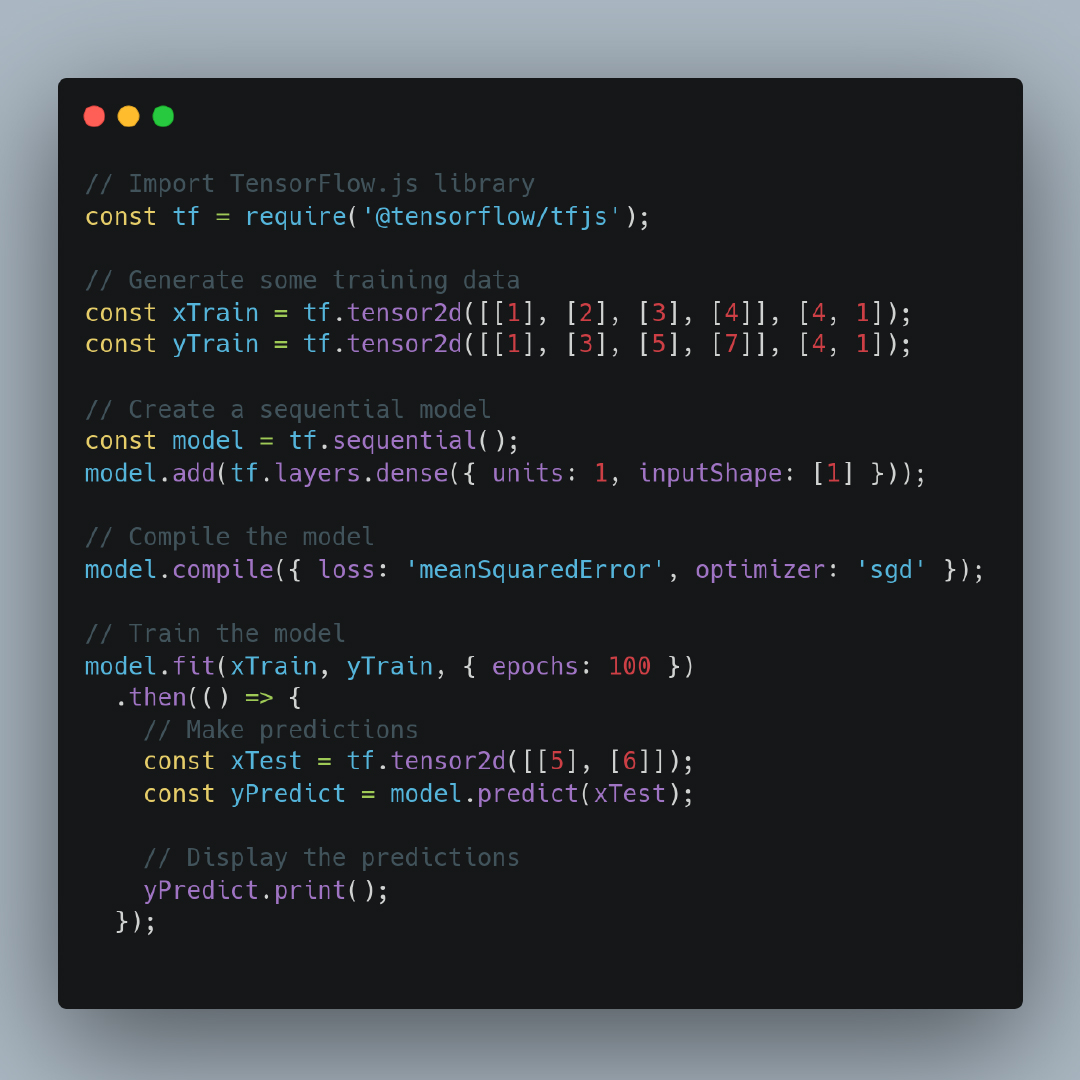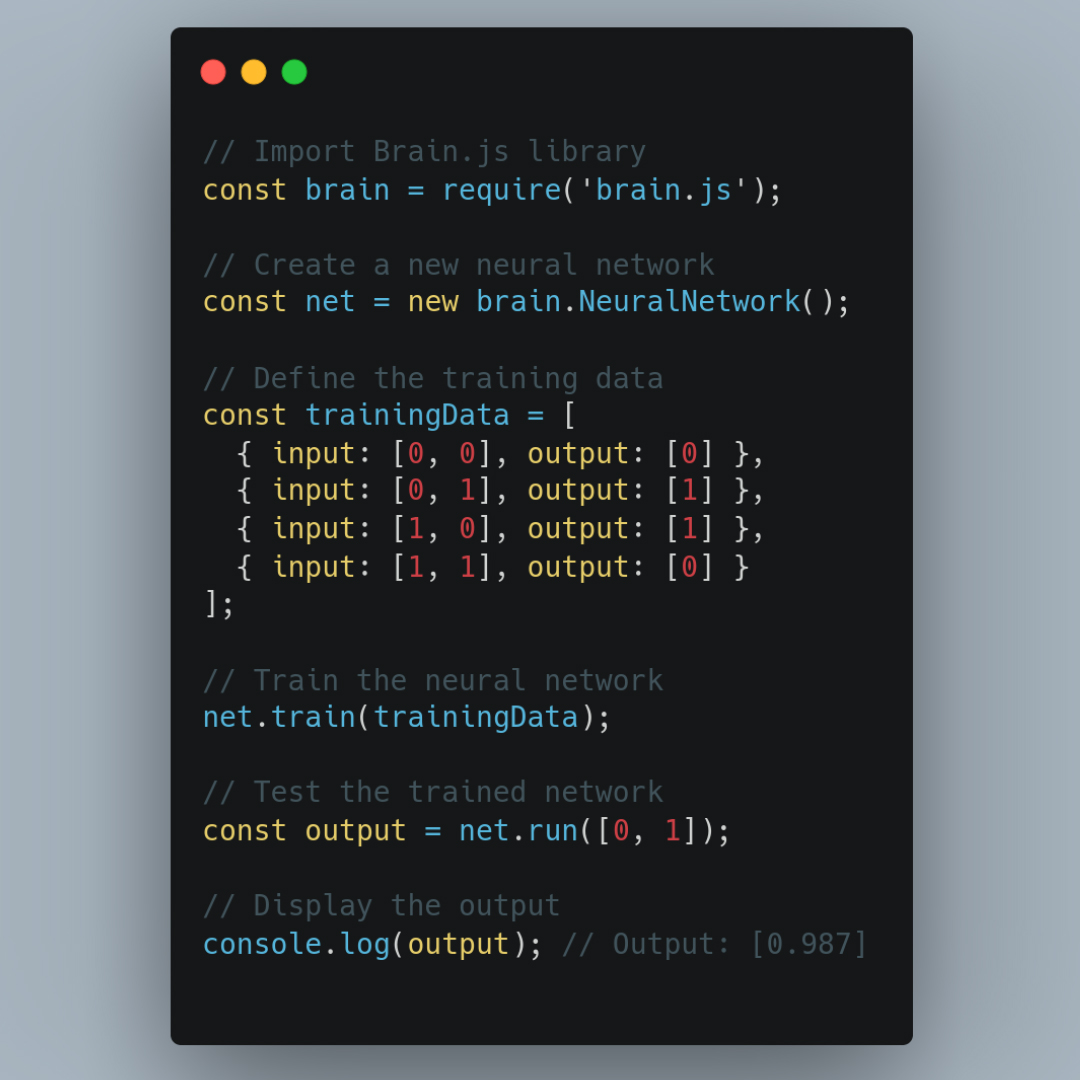Introduction to Machine Learning on Node.js: Bridging the Gap Between Web Development & Data Science
In recent years, the field of machine learning (ML) has experienced tremendous growth and has become increasingly prevalent across various industries. At the same time, JavaScript has emerged as a dominant language for web development due to its versatility and widespread adoption. As a result, developers are now seeking ways to seamlessly integrate ML capabilities into their Node.js applications. In this blog post, we will delve into the exciting world of machine learning on Node.js, exploring its benefits, tools, and resources available for developers.
Why Machine Learning on Node.js?
Node.js provides a powerful runtime environment for executing JavaScript code outside of the browser. Its event-driven, non-blocking architecture makes it ideal for building scalable and high-performance web applications. By combining Node.js with machine learning capabilities, developers can leverage the power of ML algorithms to extract insights, make predictions, and automate complex tasks—all within the familiar JavaScript ecosystem.
Benefits of ML on Node.js
Familiarity and Efficiency: Developers who are already proficient in JavaScript can easily transition to building ML models in Node.js, eliminating the need to learn additional programming languages. This reduces the learning curve and increases development efficiency.
Full-stack Capabilities: Node.js empowers developers to build end-to-end applications, including the front end, back end, and database interactions. By integrating ML capabilities directly into Node.js, developers can create intelligent applications that leverage real-time data processing, dynamic web interfaces, and predictive analytics.
Growing Ecosystem: Node.js has a vibrant and rapidly expanding ecosystem, with numerous open-source libraries and frameworks. Several ML-specific libraries, such as TensorFlow.js, Brain.js, and ml5.js, have been developed to facilitate ML tasks in JavaScript, further enriching the Node.js environment.
Tools and Libraries for ML on Node.js
TensorFlow.js: TensorFlow is a widely-used open-source JavaScript library that leverages hardware acceleration for training and deploying machine learning models. It stands as one of the most favored libraries in the field. With TensorFlow, you have the flexibility to construct models from the ground up using either the low-level JavaScript linear algebra library or the high-level layers API, both of which offer user-friendly and adaptable APIs.

Brain.js: Brain.js is a JavaScript library designed for neural networks that seamlessly functions with Node.js and web browsers. Installing it through npm allows for straightforward accessibility and immediate utilization. Being written in JavaScript, it offers extensive features such as asynchronous support for training network data through trainAsync() and compatibility with streams.

Resources for Learning ML on Node.js
Official Node.js Documentation: The official Node.js website provides comprehensive documentation and guides to get started with Node.js development. It covers everything from setting up the environment to understanding the core concepts of Node.js.
TensorFlow.js Documentation: The TensorFlow.js website offers detailed documentation, tutorials, and examples specifically tailored for JavaScript developers. It includes code samples and interactive demos that help in understanding and implementing ML models in Node.js.
Conclusion
Integrating machine learning capabilities into Node.js applications opens up endless possibilities for creating intelligent and data-driven web experiences. With libraries like TensorFlow.js, Brain.js developers can leverage the power of ML algorithms within their familiar JavaScript environment. By embracing ML on Node.js, developers can unlock new opportunities to enhance web applications and create innovative solutions in this era of data-driven technology.


